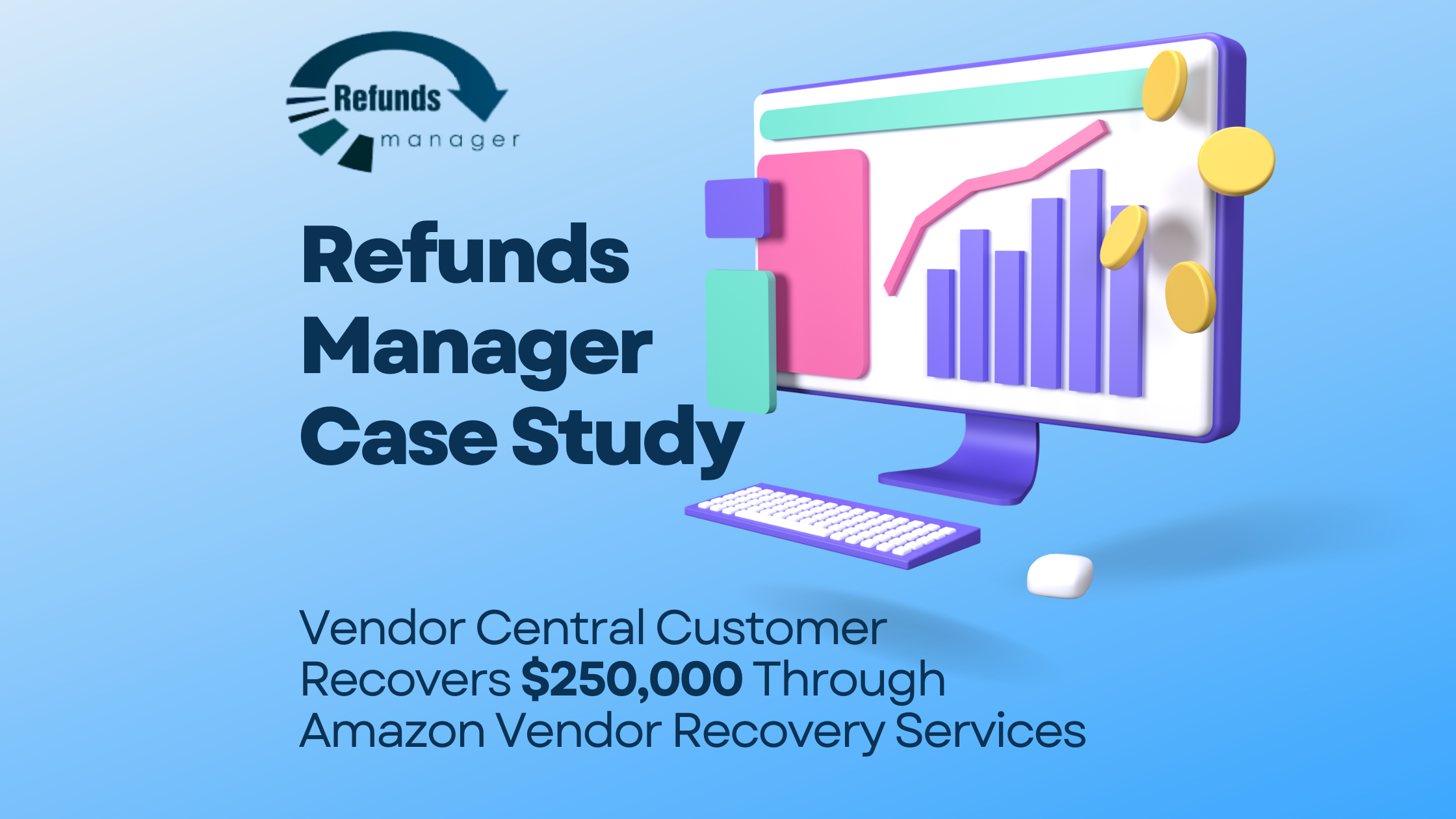The 10 Biggest Obstacles for Amazon Private Label Sellers and Ways to Overcome Them
Amazon’s marketplace offers immense opportunities for private label sellers, but these opportunities come with significant challenges. Here are the ten biggest obstacles faced by Amazon private label sellers in 2024, along with robust solutions to overcome them.
- High Competition and Market Saturation
Obstacle: The Amazon marketplace is highly competitive, with countless sellers vying for the same customer base. This intense competition often leads to price wars, which can significantly reduce profit margins.
Solution: Conduct in-depth market research using tools like Jungle Scout or Helium 10 to identify niches with lower competition and high demand. Develop a strong brand identity with unique selling propositions (USPs) that set your products apart. Focus on exceptional product quality, packaging, and branding to create a memorable customer experience. Additionally, leverage Amazon’s Enhanced Brand Content (EBC) or A+ Content to improve your product listings and boost conversion rates.
- Product Sourcing and Quality Control
Obstacle: Identifying and partnering with reliable suppliers who can consistently deliver high-quality products is a major challenge. Poor quality products can lead to negative reviews, high return rates, and ultimately, damage to your brand reputation.
Solution: Build strong relationships with reputable suppliers through thorough vetting processes, including factory audits and sample testing. Negotiate clear quality standards and include penalties for non-compliance in your supplier agreements. Regularly visit suppliers to ensure ongoing compliance and maintain open lines of communication. Implement rigorous quality control measures, including random sampling and third-party inspections, to ensure product consistency.
- Inventory Management
Obstacle: Balancing inventory to avoid stockouts and overstocks is crucial. Stockouts can harm your rankings and sales, while overstocks tie up capital and incur long-term storage fees.
Solution: Utilize advanced inventory management tools like Inventory Lab or Forecastly to monitor stock levels, predict demand, and automate reordering. Establish reorder points and safety stock levels based on sales velocity and lead times. Regularly review your inventory turnover rates and adjust your strategy accordingly. Consider using Amazon’s Inventory Performance Index (IPI) to optimize your inventory management practices.
- Logistics and Shipping
Obstacle: International shipping delays and rising shipping costs can disrupt your supply chain and erode profit margins, especially when dealing with suppliers from overseas.
Solution: Partner with reliable logistics providers and consider using Amazon’s Global Logistics program to streamline your supply chain. Diversify your shipping routes and methods to mitigate risks associated with delays. Negotiate favorable shipping rates and explore cost-effective alternatives like sea freight for non-urgent shipments. Leverage third-party logistics (3PL) providers to manage warehousing and distribution efficiently.
- Amazon Policy Changes
Obstacle: Amazon frequently updates its policies, which can significantly impact your listings, rankings, and account health. Staying compliant with these changes is essential but challenging.
Solution: Stay informed about Amazon policy updates by regularly reviewing Seller Central announcements and participating in seller forums. Subscribe to newsletters and join Amazon seller communities to gain insights from industry experts. Develop a proactive compliance strategy that includes regular audits of your listings and practices. Engage with Amazon consultants or legal advisors to navigate complex policy changes effectively.
- Advertising and Marketing Costs
Obstacle: The cost of Amazon’s Pay-Per-Click (PPC) advertising can be high, particularly in competitive niches, making it difficult to maintain profitability.
Solution: Optimize your PPC campaigns by conducting comprehensive keyword research and using negative keywords to minimize wasted ad spend. Regularly monitor and adjust your bids based on performance data to maximize ROI. Utilize Amazon’s automatic and manual targeting features to refine your ad targeting strategy. Invest in Amazon SEO to improve organic rankings and reduce reliance on paid advertising. Consider using external traffic sources like social media and influencer marketing to drive additional traffic to your listings.
- Brand Protection
Obstacle: Counterfeiters and hijackers can sell fake versions of your products, damaging your brand’s reputation and customer trust.
Solution: Enroll in Amazon’s Brand Registry to access tools that help protect your intellectual property. Use programs like Transparency and Project Zero to combat counterfeit products. Implement a robust monitoring system to regularly check for unauthorized sellers and report violations promptly. Work with legal experts to enforce your intellectual property rights and take legal action against persistent counterfeiters.
- Customer Service and Feedback
Obstacle: Managing negative reviews and maintaining a high feedback rating is essential for success on Amazon. Poor customer service can lead to negative feedback and returns.
Solution: Prioritize exceptional customer service by responding promptly to inquiries and resolving issues efficiently. Use customer service tools like FeedbackWhiz or FeedbackFive to manage and request reviews systematically. Implement a proactive approach to addressing negative feedback by contacting dissatisfied customers and offering solutions or replacements. Encourage satisfied customers to leave positive reviews to build your brand’s reputation.
- Profit Margins
Obstacle: Balancing costs and pricing to maintain a healthy profit margin can be challenging, especially with Amazon’s various fees, including FBA fees, referral fees, and storage fees.
Solution: Regularly review and optimize your pricing strategy based on market trends, competitor pricing, and cost analysis. Utilize Amazon’s fee calculator to understand the impact of different fees on your profitability. Focus on increasing your average order value through bundling, upselling, and cross-selling strategies. Implement cost-saving measures, such as negotiating better terms with suppliers and optimizing your packaging to reduce shipping costs.
- Amazon FBA Refunds
Obstacle: Amazon’s Fulfillment by Amazon (FBA) program sometimes results in lost or damaged inventory. Sellers may not always receive proper reimbursement for these issues.
Solution: Regularly audit your FBA transactions to identify discrepancies and ensure you receive all eligible refunds. Use services like Refunds Manager, which specializes in tracking and claiming FBA refunds on your behalf. This ensures you recover any lost revenue without the hassle of manual auditing. By systematically reclaiming owed refunds, you can significantly improve your profit margins and cash flow.
By addressing these challenges with the right strategies and tools, Amazon private label sellers can navigate the complexities of the marketplace and achieve long-term success.




